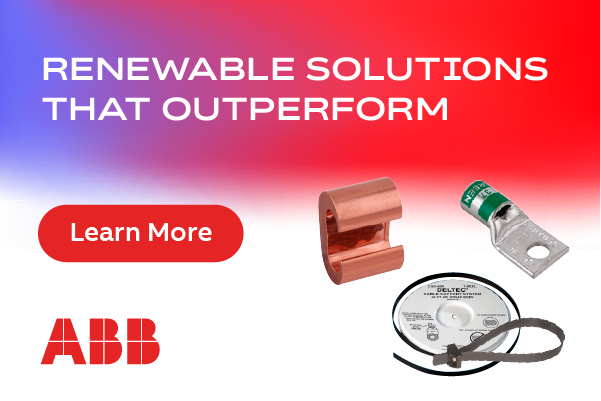Utility Scale Island Renewables Need Recycling: How Maui found success
What will future garbage archeologists assess about the solar industry’s peak install period? One factor of large-scale solar installations that has been overlooked in the installation momentum is the massive amounts of waste generated from packaging equipment. Solar waste challenges are exacerbated on islands. By their very nature, islands face a unique set of challenges when it comes to managing waste. For example, Hawaii residents and businesses created 203,872 tons of waste in fiscal year 2022. The limited land area, coupled with the often-isolated geographical locations, makes the traditional disposal and recycling of waste a complex task for islands. These challenges are amplified by the need for massive renewable energy implementation and the continuous inflow of materials that require massive amounts of packaging, contributing to an ever-growing pile of waste, much of which has historically ended up in landfills or incinerated.
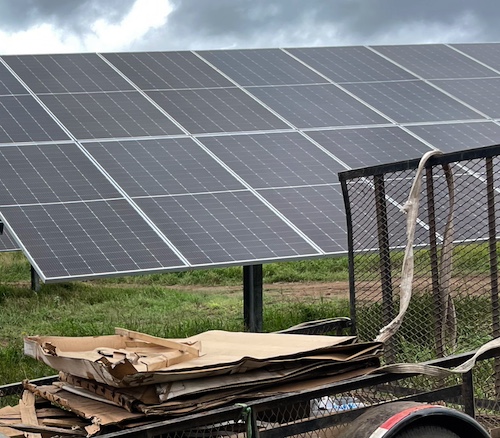
Snapshot of recycled cardboard and wood at the Kuihelani Solar and Storage Solar Farm
According to the solar waste management company that managed recyclables on-site, there were about 107 hauls of cardboard, equivalent to 106 tons, resulting in approximately 424 tons of CO2 equivalent emissions saved from reusing and recycling rather than landfilling.
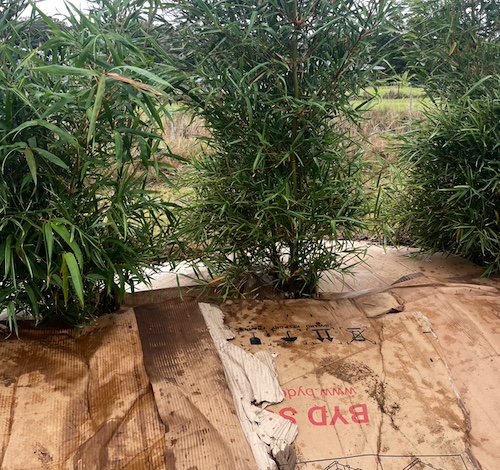
Shipping solar panels requires the rigidity of pallets. Typically, oversized and odd-shaped wood pallets are used for shipping solar panels, which, unfortunately, are not valuable to many pallet-buying companies. So rather than reuse the oversized solar wood pallets, which would be an ideal scenario, they are often sent to the landfill or must be mulched or recycled in other ways. The options for processing these pallets are slim, and research is currently being conducted to find solutions. Let’s look at one Maui solar farm, Kuihelani, as an example: about 90 hauls of wood were recycled, which is equivalent to approximately 139 tons. Diverting them from the landfill saved 69.5 tons of CO2 equivalent in emissions.
Island solar site recycling
Maui has long been committed to environmental sustainability, and the recent work to mitigate the waste generation issue on the Kuihelani site marks a significant step forward for renewable circularity in the Hawai'ian Islands. The site is 82 MWdc solar photovoltaic and 240 MWh containerized lithium-ion battery energy storage. The packaging waste diversion initiative focused on separating and recycling all packaging materials involved in the installation, especially materials like cardboard and wood crates that come by the tons when unboxing panels, batteries, and other solar installation equipment.
Dedicated solar waste management support ensures best practices are consistently followed, which means proper separation of materials resulting in zero contamination. It also provides recycling of materials, which is performed (rather than wishcycling, where hauls aren't verified, and everything ends up in a landfill). These factors proved pivotal for diverting waste from islands with already stressed landfills.
Supporting the local economy
When large-scale solar sites participate in recycling, it boosts the local economy. Large-scale waste haulers often own landfills and are not incentivized to recycle. Employing localized recyclers stimulates the local economy; over a half million jobs are directly and indirectly supported by recycling, according to the Institute of Scrap Recycling Industries. Recycling also helps protect the environment, and is aligned with local community zero waste goals like those in Hawai'i.
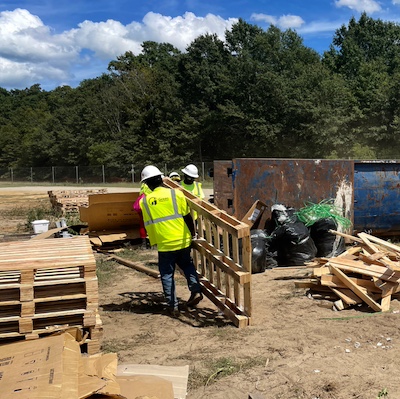
On the Kuihelani Solar and Storage Solar Farm, solar waste management experts took a creative approach when direct recycling wasn't available.
The cardboard was repurposed as soil protection for some hauls at a local plant nursery. Cardboard captures heat and maintains soil moisture, encouraging germination of any seeds present. Simultaneously, it denies light to these sprouted seeds, resulting in their death and establishing a sterile planting ground. As the germinated seeds decompose, they reintroduce organic matter to the soil, and the decomposing cardboard contributes to the soil's structure. This process simultaneously enhances the soil's quality.
In other hauls, a local cardboard recycler took the material. The solar waste management crew oversaw everything that could be recycled and sorted each material for the best possible recycling outcomes.
A more sustainable model to consider for utility-scale island solar installations
These efforts in Hawai'i illustrate a powerful model for sustainable waste management for utility-scale island solar installations, ramping up worldwide. In addition to the success of reducing landfill stress, this project took into account the reduction in CO2 equivalent emissions that recycling provided. This project demonstrated best practices for islands grappling with similar waste management challenges, proving that innovative, sustainable solutions are achievable and essential for driving circularity in utility-scale island projects.
When it comes to renewable energy installations, people are often so excited about the new energy coming to town that they don't think about the tons of packaging waste that comes to town with it. Islands need a plan, as demonstrated by the mounds of waste diverted in Maui. This challenge requires a strategy for all islands, especially those seeing an influx of much-needed solar installation projects.
Denise Anderson-Rivas is Environmental Science Content Director at A.R. Marketing House.
A.R. Marketing House | armarketinghouse.com
Author: Denise Anderson-Rivas
Volume: 2024 March/April








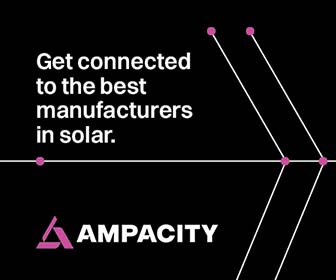
.png?r=2041)


